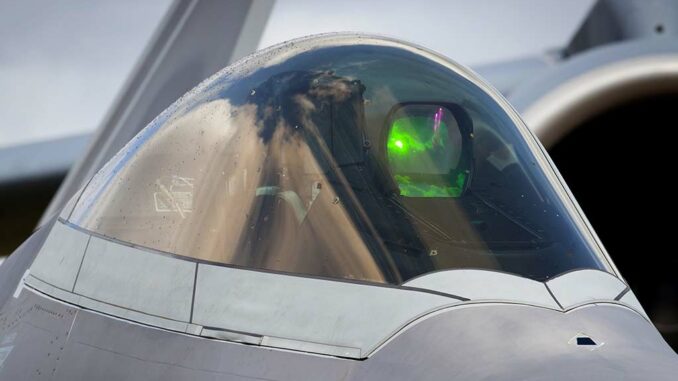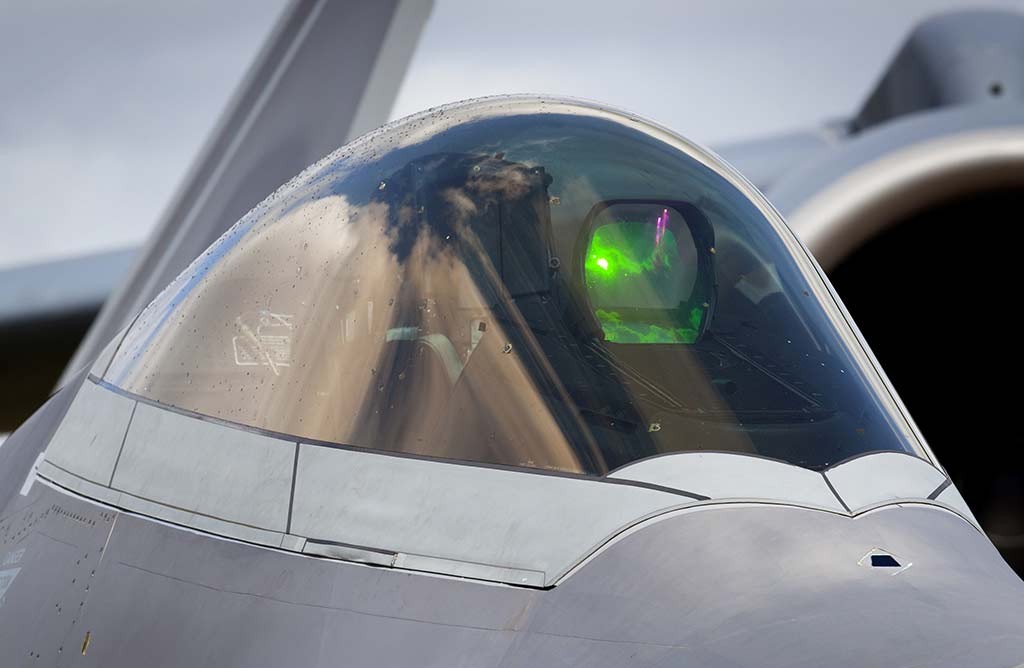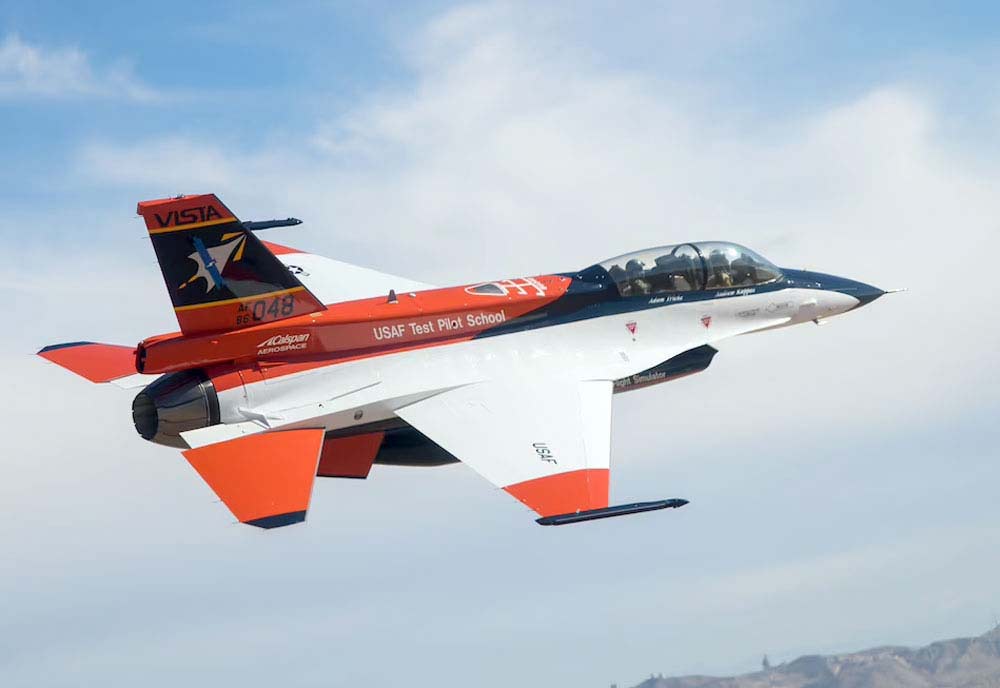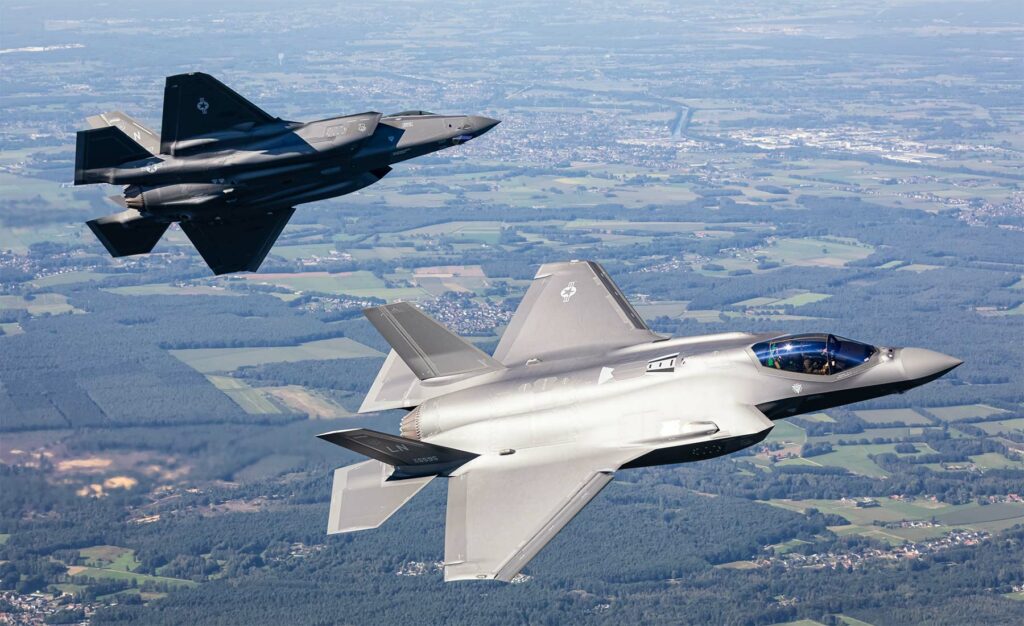
Explore the use of AI in fighter aircrafts: autonomous navigation, decision-making, ethics and future prospects in military aviation.
Introduction to AI in fighter aircrafts
The integration of artificial intelligence (AI) into fighter aircraft marks a significant evolution in military aviation. Historically, fighter aircraft have been designed and operated around human capabilities, with an emphasis on pilot skill and intuition. However, with the advent of advanced technologies, AI has become a crucial element, enhancing the capabilities of both fighter aircraft and pilots.
AI in fighter aircraft serves several purposes. It acts as a virtual co-pilot, helping to filter and analyze information, and presenting data in an optimal way to assist the human pilot. This collaboration between man and machine aims to maximize operational efficiency while minimizing risk. For example, AI can provide real-time mapping, calculate optimized trajectories, and assist navigation in difficult conditions, such as fog or night.
The growing importance of AI in air defense is due to several factors. Firstly, AI enables rapid and accurate decision-making, essential in the context of air combat where every second counts. Secondly, it can process and analyze huge amounts of data much faster than a human, providing pilots with a better understanding of their environment and potential threats. Thirdly, AI improves the ability of fighter aircraft to carry out complex missions with greater precision and efficiency.
Substantial investments have been made in this area, as evidenced by the US Department of Defense, which has launched nearly 600 projects incorporating AI and announced an investment of $2 billion over the next five years. These developments underline the strategic importance of AI in modern air defense, not only improving the performance of existing fighter aircraft but also paving the way for new forms of air combat and defense.

Navigation and mission support
The integration of artificial intelligence (AI) into fighter aircraft navigation systems offers considerable advantages in terms of efficiency, safety and operational capability. This section explores three key aspects of using AI for navigation and mission support.
Real-time mapping
Using AI to provide up-to-date, real-time mapping information is crucial for navigation and mission planning. AI integrates data from satellites, aerial reconnaissance and other sensors to provide up-to-date cartography. For example, it can annotate this mapping with critical information such as conflict zones, known threat locations, or other points of interest. This capability is particularly important in constantly changing environments, where obsolete or inaccurate mapping information can be dangerous.
Optimized trajectories
AI plays a crucial role in analyzing weather conditions, terrain and potential threats to calculate optimal trajectories. By simultaneously analyzing several parameters, AI can suggest the best route to follow, taking into account mission objectives. This trajectory optimization helps to reduce fuel consumption, avoid hazards, and ensure that mission objectives are achieved efficiently. For example, an AI-equipped fighter could automatically adjust its trajectory to avoid an unexpected weather system or hostile airspace, thus maximizing mission safety and efficiency.
Navigation assistance in difficult conditions
In conditions such as fog, heavy rain, or darkness, AI, in collaboration with advanced sensors such as infrared or ground-penetrating radar, can provide enhanced “vision”. It processes this data in real time to provide a clear picture of terrain, obstacles and other aircraft. This capability enables pilots to fly safely, even in conditions that would previously have been considered too risky or difficult. For example, during a night operation or in bad weather, AI can help a pilot identify and navigate around unexpected obstacles, such as mountains or tall buildings, while maintaining a safe and efficient flight path.
AI in fighter aircraft offers vital navigation and mission support, improving situational awareness, safety, and operational efficiency. These technological advances enable pilots to focus on the tactical and strategic aspects of their missions, while reducing the risks associated with the ever-changing air combat environment.
Decision support
Artificial intelligence (AI) plays a crucial role in decision support for fighter pilots, offering advanced combat scenario analysis capabilities and supporting the development of autonomous and learning systems.
Combat scenario analysis
AI helps fighter pilots rapidly assess complex combat situations and make informed tactical decisions. In the cockpit of a fighter jet, AI acts as a virtual co-pilot, filtering, analyzing and presenting information in an optimal way to assist the human pilot. This man-machine collaboration aims to maximize operational efficiency while minimizing risk. For example, AI can evaluate data available on the battlefield, such as the position of adversaries, their weaponry, and environmental conditions, to provide real-time analysis and strategic recommendations to the pilot.
Autonomous systems and learning
AI is also at the heart of autonomous systems and learning projects to improve reconnaissance capabilities and tactical decision-making. The Pentagon’s Next Generation Air Dominance (NGAD) program is a prime example, integrating AI and advances in cyberwarfare to develop 6th generation stealth fighter jets. These aircraft are designed to operate autonomously or in tandem with human pilots, using AI to analyze complex data in real time and make effective tactical decisions. The integration of AI into these advanced systems underlines the potential of AI to revolutionize air warfare, offering superior reaction and adaptation capabilities in dynamic combat environments.
AI-assisted decision-making in fighter aircraft represents a significant advance in military aviation. Not only does it enable faster, more accurate decision-making, it also paves the way for new forms of air combat in which AI plays an increasingly central role.

Recent developments and flight tests
Recent developments in the use of artificial intelligence (AI) for autonomous piloting of fighter aircraft, including the AI-modified F-16 and the VISTA X-62A, show significant progress in this field.
Autonomous piloting
The VISTA X-62A (Variable Stability In-Flight Simulator Test Aircraft), a modified F-16, was piloted by an AI during a series of 12 flights at the US Air Force (USAF) Edwards Air Force Base in California. These tests included aerial combat at visual range (WVR) and beyond visual range (BVR) against a simulated adversary. The Air Force Research Laboratory’s Autonomous Air Combat Operations (AACO) AI agent managed BVR combat, while DARPA’s Air Combat Evolution (ACE) AI agent performed basic air combat maneuvers. In addition, the AI piloted the VISTA X-62A for over 17 hours, marking the first time an AI entity has been engaged on a tactical aircraft.
Test results and implications
The results of these real-life tests are significant for the future of combat aviation. The VISTA X-62A tests demonstrated the ability of AI to perform complex AI test missions, accelerating the development and testing of autonomous capabilities for the US Department of Defense (DOD). These advances in AI autonomous piloting may lead to the development of highly capable Collaborative Combat Aircraft (CCA), also known as loyal wingmen, which will be AI-piloted drones. These developments indicate that AI could play a crucial role in future combat aviation, not only augmenting human capabilities but also introducing new forms of aerial combat.
These advances underscore the potential impact of AI on transforming air tactics and strategies, offering improved decision-making and maneuvering capabilities that could radically change the air combat landscape.
Ethical considerations and future directions
Debates on full empowerment
The use of artificial intelligence (AI) in fighter aircraft and combat drones raises important ethical and strategic questions. One of the main debates concerns the complete autonomization of weapon systems and the role of humans in the decision-making loop. Initiatives such as the US Army’s Maven project, which initially involved Google, show that AI has become a strategic priority in the military field. However, ethical concerns have led to tensions, as illustrated by the revolt of Google employees against collaboration with the Pentagon on ethical grounds. In addition, institutions such as the European Parliament are calling for strict regulation of AI in the military field, stressing the need to preserve human control and responsibility in the use of autonomous weapons systems.
Future prospects
Future developments in the use of AI in military aviation are moving towards increased integration of AI into various aspects of air operations. Militaries around the world, including the USA and China, are investing heavily in AI, with projects such as the US Department of Defense’s “Hyperwar” initiative, which has launched nearly 600 projects incorporating AI and plans to invest $2 billion over the next five years. However, it is essential to consider the ethical and legal implications of these technologies, particularly with regard to autonomous decision-making in combat situations. Current and future debates on the use of AI in the military domain should balance operational effectiveness with ethical and legal imperatives, ensuring that humanity and human dignity remain at the heart of these technological developments.
War Wings Daily is an independant magazine.
